
Dustin White
A little over a week ago, I attended a gathering in Kentucky organized by Read the Spirit, a wonderful interfaith publishing group that has been very supportive of my work. (You can read more about that gathering though the above link.) As soon as I started planning the trip, I knew that I should also use the opportunity to visit a mountaintop removal site in Appalachia. Despite all I’ve been learning about this devastating practice through my work with Earth Quaker Action Team, I had never actually seen it myself. My friend Dustin White of the Ohio Valley Environmental Coalition agreed to take me to a site in West Virginia, so I stopped to see him on my way home from Kentucky.
Dustin has been though this many times, escorting wide-eyed outsiders as they snap photos of his decimated community. Only a few days earlier he had brought people from the UN to see what it looks like when a coal company blows up a mountain for profit. Like me, they had probably seen the pictures before. In fact, the aerial photos on the Internet are visually more dramatic than the pictures I was able to take, peaking through the trees from one mountain to the next. Still, being there in person was a moving experience, partly because it feels so eerie when life has been removed from a place.
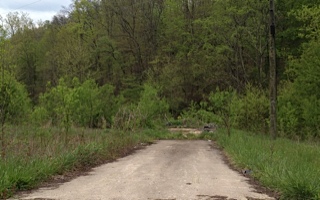 As we drove closer to Hobet 21, the houses disappeared, though isolated driveways and telephone polls showed where families had once lived. We parked near a local cemetery, our cover for being there, and walked up the hill above it to where we could see the twenty-story crane known as “Big John” and the mountain they’ve covered with grass in a feeble attempt to make it green again.
As we drove closer to Hobet 21, the houses disappeared, though isolated driveways and telephone polls showed where families had once lived. We parked near a local cemetery, our cover for being there, and walked up the hill above it to where we could see the twenty-story crane known as “Big John” and the mountain they’ve covered with grass in a feeble attempt to make it green again.
The most striking thing to me was the quiet. Behind us we could hear birds and the rustle of wind through leaves. The mountains ahead of us were devoid of life—no birds, no composting leaves, and certainly no people. The people who remain in the wider area are being poisoned by polluted water, one of the reasons Dustin is willing to go through this over and over again with people like me. He’s hoping that if those of us outside of Appalachia know what is happening to his community, maybe we will care—and act.
Those who have been following this blog through the past year know that my commitment to activism around this issue has been growing. What I’ve been feeling lately (and this was increased by people I met at the Read the Spirit gathering) is the need to articulate how my activism and my spirituality relate. Visiting West Virginia reminded me of how many of my early spiritual experiences happened in nature, where I felt my deep interconnectedness with all of life and a force greater than myself, even if I didn’t know what to call it at the time.
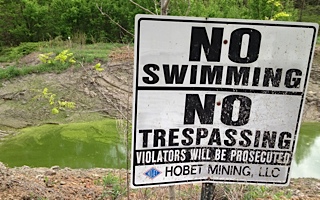 Looking over the mountaintop removal pictures again today, I remember an interview I did a few years ago with the Catholic priest and activist Michael Doyle, who served in Camden for decades. He talked about the ideas of Teihard de Chardin, a priest and scientist, who was condemned by the church for his perspective. Michael Doyle said: “The very essence of our sacramental system is matter. Whether it is bread, or water, or oil. If you didn’t have the water, you couldn’t have a baptism. You could lead from there to the idea that matter is so sacred, if you really got that into your bones, how sacred matter is, then I couldn’t take a piece of matter and make it into a weapon that would kill you. I couldn’t do that.”
Looking over the mountaintop removal pictures again today, I remember an interview I did a few years ago with the Catholic priest and activist Michael Doyle, who served in Camden for decades. He talked about the ideas of Teihard de Chardin, a priest and scientist, who was condemned by the church for his perspective. Michael Doyle said: “The very essence of our sacramental system is matter. Whether it is bread, or water, or oil. If you didn’t have the water, you couldn’t have a baptism. You could lead from there to the idea that matter is so sacred, if you really got that into your bones, how sacred matter is, then I couldn’t take a piece of matter and make it into a weapon that would kill you. I couldn’t do that.”
How would we treat the planet and its people differently if we really treated water (which makes up most of the human body) as sacred? It’s a question worth pondering. In the meantime, it’s clear to me that mountaintop removal is sacrilege.

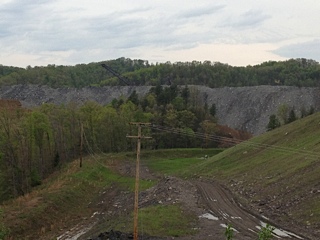

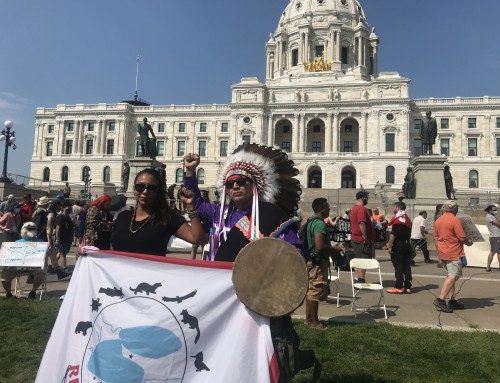
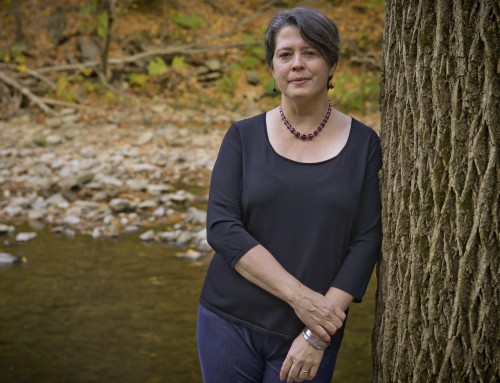
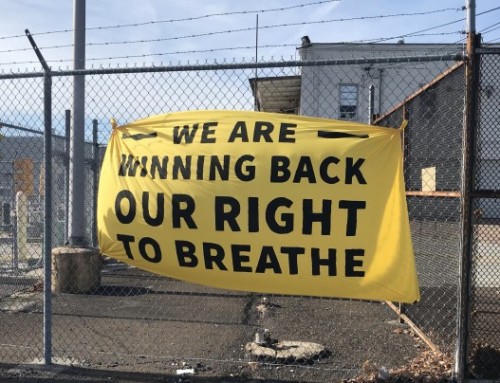

Just met Megan at our son's place in Baldwinsville. What a perfectly delightful young lady! You have permission to spend a few minutes just being proud of her.